I want to implement an interesting current source topology that I came across recently (picture below). It shows very good performance in simulation and the only thing I am concerned of is its temperature stability. As far as I understand the key is to choose the zener diode with the right voltage, that will cancel out the temperature drift of the bjt vbe. How can it be calculated? Is it dependant of the target current of the circuit(12.5ma in my case)? what parts should be in thermal contact for best performance?
Not sure about the exact purpose of R3, but in simulation adding this resistor significantly improves circuits performance. Its value is in the range or hundreds kohms and must be adjusted for different circuit current. R2 is 1Mohm and according to description is needed for circuit start-up.


